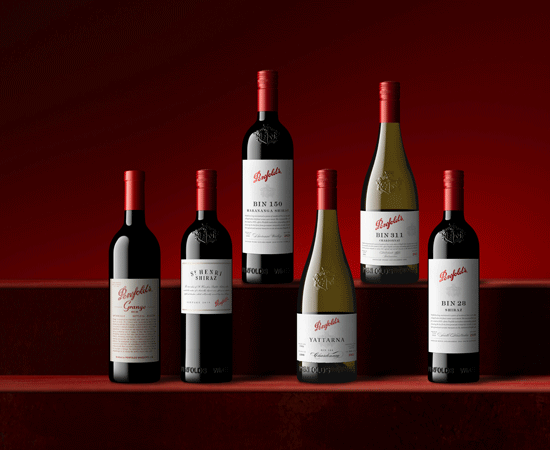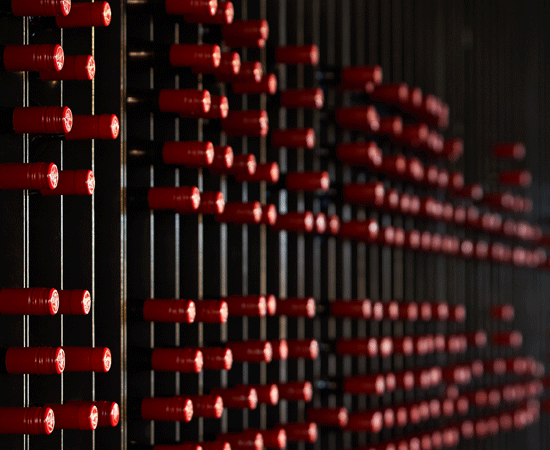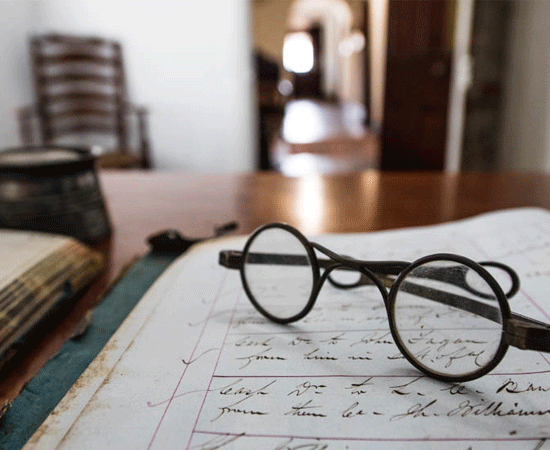一起开启您的传奇吧。

What is a Penfolds Bin?
Bin Numbers. The secret of where to find Penfolds finest.
Many of our Penfolds wines include the moniker ‘Bin’ in their title, and we are often asked about the story behind our numbers. The term ‘Bin’ originated from the storage location (BIN) in the Penfolds Magill Estate cellars in South Australia, where our wines were historically stored for maturation.
Max Schubert, the creator of Grange, started the Penfolds Bin system by labelling his first experimental Grange (then Grange Hermitage) as Bin 1 – the original location of the 1951 vintage. This was so the winemaking team could easily identify the wine by type and style and keep track of its location. In 1959 the winemaking team set about to create a shiraz using grapes from our Barossa vineyards. They sourced parcels of fruit from the Kalimna vineyard and crafted Bin 28 Shiraz, which was to become the first of our official Bin numbered wines.
Today, the story behind each wine name varies. Here are the stories of some of our collector’s favourites:
Bin 95 Grange
First vintage 1951 | Multi Region
Named after the Grange Cottage, built in 1845 at Magill Estate. Originally named Bin 1 after the storage location but was later renamed Bin 95.
One of the world’s most celebrated wines, a powerful expression of Penfolds blending philosophy. Only the highest quality shiraz fruit makes it into a bottle of Grange.
Bin 707 Cabernet Sauvignon
First vintage 1964 | Multi Region
Our extraordinary cabernet is inspired by the iconic jet that took it to the world. The rich and powerful Bin 707, our first commercial release of a single cabernet-based wine, is linked to Max Schubert’s dream of making a great Australian red wine that could last at least 20 years.
During the ‘50s and early ‘60s, cabernet sauvignon was mostly used for blending, but Schubert’s breakthrough with the varietal as a stand-alone wine came in 1964 with an inaugural vintage.
Bin 144 Yattarna Chardonnay
First vintage 1995 | Multi Region
Arguably the most anticipated white wine release in Australian history – dubbed by the media as “White Grange”, gracing the front pages of national newspapers. The name Yattarna is drawn from the local indigenous language, meaning ‘little by little, gradually’. The Bin number was inspired by the 144 winemaking trials it took to perfect a chardonnay like no other.
RWT Bin 798 Barossa Valley Shiraz
First vintage 1997 | Single Region | Barossa Valley
The initials RWT stand for ‘Red Winemaking Trial’; the name was given to the project internally when developmental work began in 1995. Naturally, no longer a ‘Trial’, RWT Shiraz was launched in 2000 with the 1997 vintage. It’s Bin number 798, drawn from the alpha-numeric telephone punch dial for RWT. These wines have the precision, concentration, persistency and balance to age for many years, and the best vintages should last at least thirty years.
Bin 389 Cabernet Shiraz
First vintage 1960 | Multi Region
Bin 389 is one of Australia’s most cellared wines. Its history is connected with the development of Grange and Max Schubert’s ambition of creating a ‘dynasty of wines which all bear an unmistakable resemblance to each other’. Named after its original binning compartment at Magill cellars, Bin 389 is the most popular wine in the Australian secondary wine market because of its heritage, consistency and reputation.
Bin 28 Shiraz
First vintage 1959 | Multi Region
Named after its original binning compartment, the first releases of Bin 28 were single vineyard wines made from the renowned Kalimna Vineyard in the Barossa Valley. Today, it is a multi-regional blend, showcasing the allure of warm-climate Australian shiraz.
Bin 28 was first made whilst Grange was still being made in secrecy.
Bin 23 Pinot Noir
First vintage 2009 | Multi Region
Named after the cellar in which it is matured - ‘Cellar 23’ at Magill Estate. A bold and evolving style with strawberry hues and cherry-like characters.
Bin 8 Shiraz Cabernet
First vintage 2003 | Multi Region
Crafted in traditional Penfolds style. A generous wine with balanced fruit flavours and softly integrated oak. Its Bin number was allocated not due to its position but because it uses the same oak barrels previously used for Bin 128, Bin 28 and Bin 389 – the ‘8’ being the common denominator.
Bin 98 Quantum Cabernet Sauvignon
First vintage 2018 | Napa Valley, South Australia
The flagship of the Penfolds Californian range and a Wine of the World that encapsulates a bold blending alliance between two hemispheres. This wine represents a Quantum Leap forward for Penfolds. The first step was taken some 20 years ago, in 1998, when vineyards were first planted on Californian soil.
Bin 149 Cabernet Sauvignon
First vintage 2018 | Napa Valley, South Australia
A worldly release that seeks out northern hemisphere excellence, reinforced by South Australian cabernet sauvignon. A wine of distinction with meticulous vineyard and block selection. Its name derived from the percentage of South Australian cabernet sauvignon in the blend.
Bin 704 Cabernet Sauvignon
First vintage 2018 | Napa Valley
A wine that seeks to redefine Napa Valley cabernet through a Penfolds lens. The name Bin 704 draws inspiration from the “mirror” or “reverse” image of its Australian Bin 407 stablemate, a wine that also respects varietal expression.
Bin 600 Cabernet Shiraz
First vintage 2018 | Napa Valley, Sonoma, Paso Robles
Named after the original name of the vineyard ‘Creston 600 Ranch’, which is intrinsically linked to Penfolds beginning in California. Quintessential Australian blend, distinctly Penfolds yet altogether different being from Californian soil. Grapes from the original vines feature in the blend.
Penfolds II Cabernet Shiraz
First vintage 2019 | Bordeaux, Barossa Valley
The elegance of French cabernet meets the depth and power of Australian shiraz. Penfolds II is a partnership between Penfolds and Dourthe, born from a shared desire to express quality through a harmonious blend of winemaking techniques from two hemispheres. The name ‘II’ comes from the Roman number for two.
FWT Bin 585 Cabernet Merlot Petit Verdot
First vintage 2019 | Bordeaux, Haut-Médoc
FWT is an acronym for ‘French Winemaking Trial’. Fruit is sourced from exceptional vineyards across the Médoc region using time-honoured Penfolds techniques. The Bin number was derived from Max Schubert’s total expenses from his first trip to Bordeaux in 1951.



